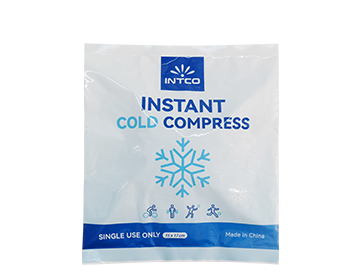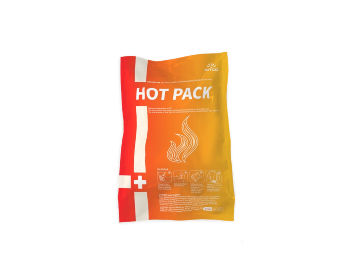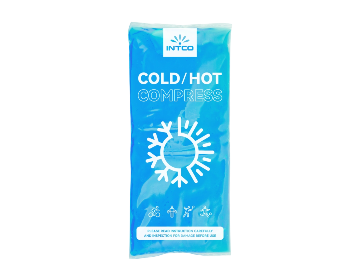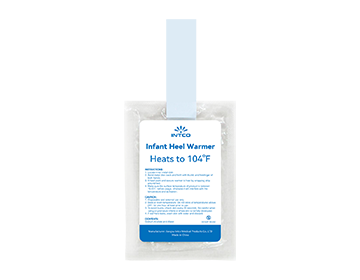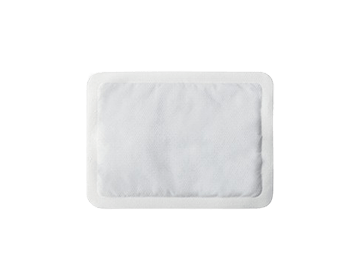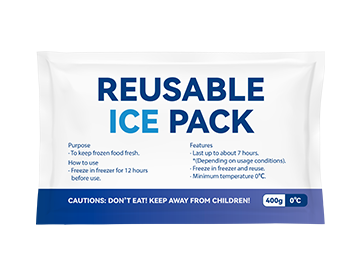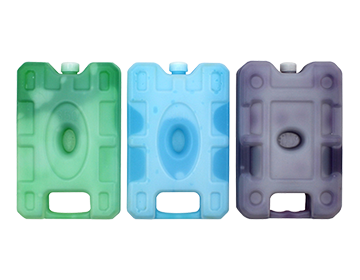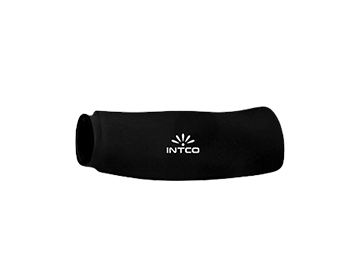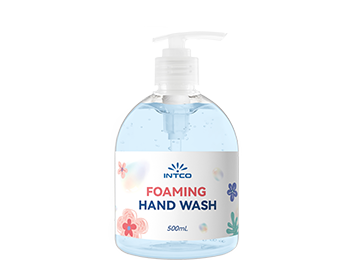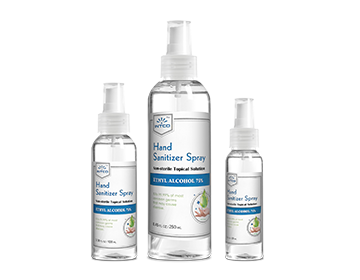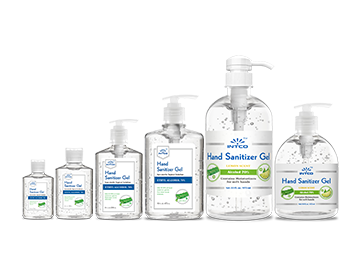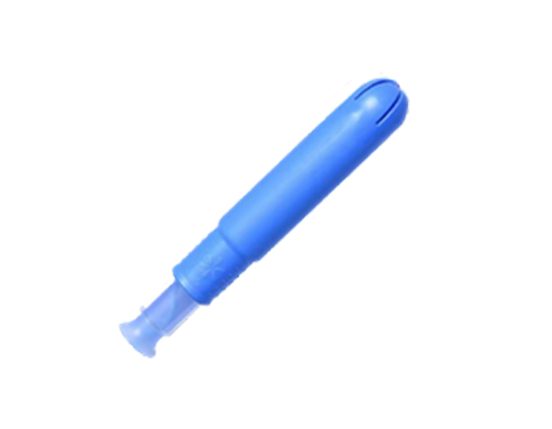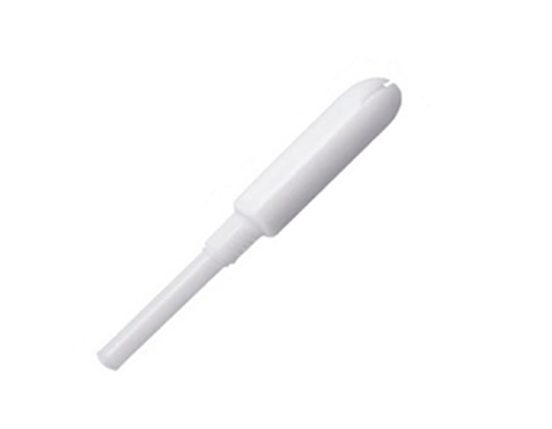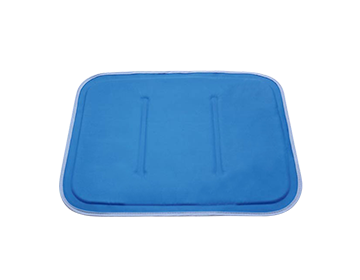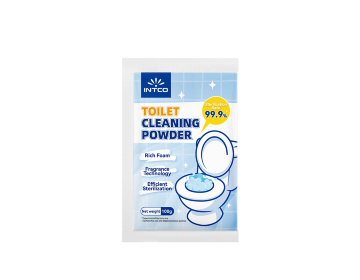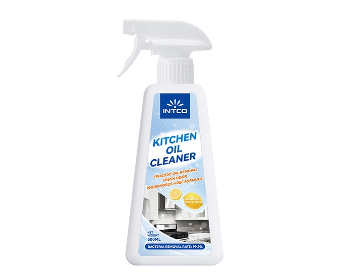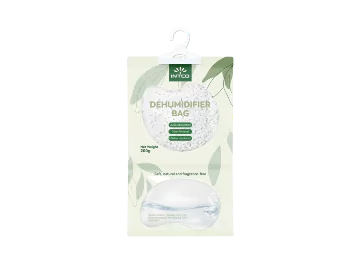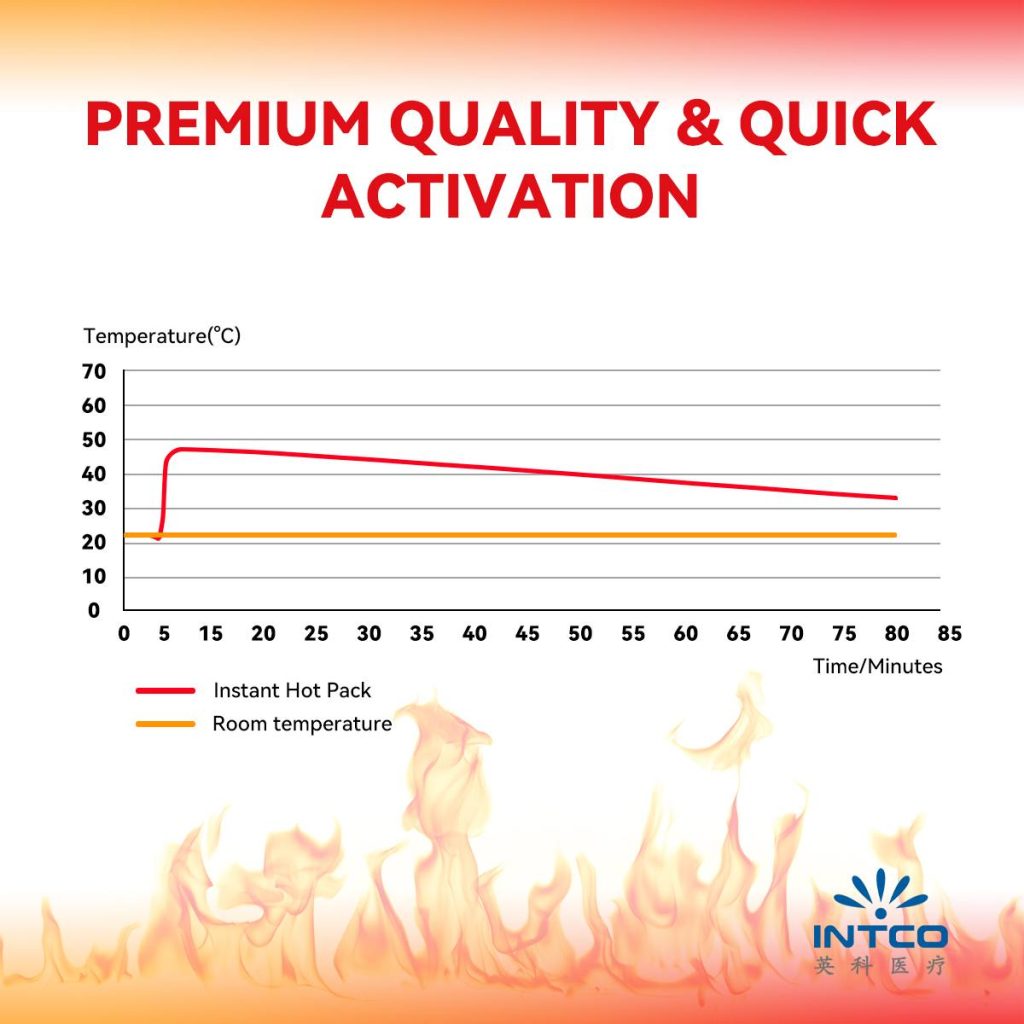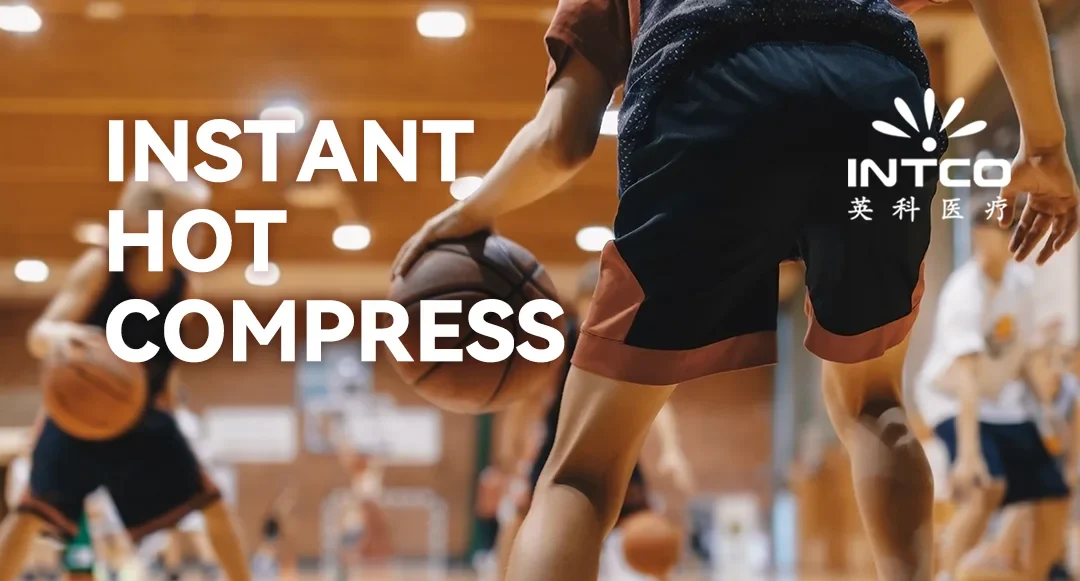Understanding the Heat Duration of Instant Hot Packs: A Complete Guide
Introduction to Instant Hot Packs
What Are Instant Hot Packs?
Instant hot packs are portable, easy-to-use packs that generate heat through chemical reactions. Designed for temporary relief of muscle stiffness, joint pain, or simply to provide warmth, these packs are a convenient solution for on-the-go heat therapy. These packs are widely used in medical settings, outdoor activities, and even by individuals seeking quick comfort during colder months. The simplicity and effectiveness of instant hot packs make them a popular choice among users.
Common Uses for Instant Hot Packs
Instant hot packs serve multiple purposes, making them versatile tools in various scenarios. Athletes often use them for post-workout muscle relaxation. They are a staple in first aid kits, effectively used to alleviate pain from injuries. Outdoor enthusiasts and winter sports participants find them invaluable for maintaining warmth during activities in cold environments. Additionally, instant hot packs are frequently utilized in medical procedures to improve blood flow and reduce muscle tension, further highlighting their widespread application.
Key Factors Influencing Temperature and Duration
Composition of Chemicals
The chemical composition within the pack significantly influences both the heat generated and its duration. Sodium acetate-based packs can reach temperatures up to 130°F (54°C) and maintain heat for approximately 30 minutes. Iron-based packs may reach similar temperatures but can provide longer-lasting heat, sometimes up to several hours. The purity and proportion of the reactants play a crucial role in determining the efficiency and reliability of the pack. Ensuring a high-quality composition is essential for optimal performance and safety.
External Environmental Conditions
The surrounding environment directly affects the temperature and duration of heat provided by instant hot packs. Cold weather conditions often cause the packs to lose heat more rapidly, reducing their overall effectiveness. Conversely, in a warmer environment, the packs may retain heat longer and function more efficiently. User habits, such as intermittent exposure to cold air, can also influence performance. Adjusting for environmental factors is necessary for maximizing the efficacy of instant hot packs in varying conditions.
Size and Shape of the Pack
The size and shape of an instant hot pack play a significant role in its heat distribution and duration. Larger packs generally contain more chemicals, producing more heat and sustaining it for longer periods. Conversely, smaller packs may heat up quickly but cool down faster. The design, whether rectangular, circular, or custom-shaped, influences how heat is dispersed throughout the pack. Optimal design and sizing are important for tailored applications, ensuring the right amount of heat for the intended use.
Measuring the Heat Output
Average Temperature Range
Instant hot packs typically reach an average temperature range of 104°F (40°C) to 130°F (54°C). The specific temperature depends on the type of chemicals used and the initial activation process. Sodium acetate-based packs generally deliver consistent heat within this range, suitable for pain relief and muscle relaxation. The average temperature is an essential metric, offering a benchmark for selecting the right pack for particular needs and ensuring comfortable, effective therapy.
Peak Temperatures Achieved
The peak temperatures of instant hot packs can vary significantly across different brands and types. Sodium acetate solutions can reach their peak temperatures almost immediately after activation, while iron-based packs might take a few minutes to peak but maintain the temperature longer. Knowing the peak temperature is crucial for ensuring the pack meets safety standards and provides the desired level of warmth. Awareness of peak performance helps in safe and effective usage, preventing potential overheating and burns.
Safety Standards and Recommendations
Instant hot packs must comply with safety standards to ensure they are safe to use. Guidelines typically stipulate maximum temperature thresholds and chemical composition regulations to prevent risks associated with overheating or chemical exposure. Children and elderly users should exercise caution and adhere strictly to recommended usage guidelines. Trustworthy brands like INTCO consistently meet these safety standards, providing reliable and safe products. Users should always read and follow the manufacturer’s instructions for the safest experience.
Duration of Heat Generation
Typical Heating Time Frames
The typical heating time frames for instant hot packs vary based on their chemical composition and design. Sodium acetate-based packs usually provide immediate heat that lasts approximately 30 minutes. Iron-based packs, on the other hand, can generate heat for longer periods, often extending several hours depending on the formulation. Understanding the expected duration of heat allows users to select the appropriate pack for their specific needs, ensuring they receive effective and sustained warmth when required.
Factors Affecting Heat Retention
Quality of Materials
The quality of materials used in instant hot packs significantly affects their heat retention capabilities. Premium-grade chemicals ensure more efficient and prolonged reactions, resulting in sustained heat output. Additionally, high-quality outer materials provide better insulation, preventing heat from dissipating too quickly. Investing in packs made with superior materials ensures reliable performance and an extended duration of warmth, making these packs more beneficial for users.
Usage Frequency and Storage Conditions
The frequency of use and storage conditions can also impact the heat retention of instant hot packs. Packs that are frequently used may experience wear and tear, reducing their effectiveness over time. Proper storage, such as keeping the packs in a cool, dry place, helps maintain their integrity and extends their lifespan. Avoiding exposure to moisture and extreme temperatures is crucial for preserving the reactive chemicals inside. Regularly assessing the condition of the packs and following recommended storage practices ensures optimal heat retention.
Safety Precautions and Guidelines
Proper Handling and Storage Practices
Proper handling and storage practices are essential for the safe use of instant hot packs. Users should always read the manufacturer’s instructions before use to understand activation and handling procedures. Storing packs in a cool, dry place prevents chemical degradation and ensures they are ready for use when needed. It is also important to keep packs away from sharp objects to avoid punctures. Following these guidelines helps maintain the safety and effectiveness of instant hot packs.
Potential Risks and Health Concerns
While instant hot packs are generally safe, potential risks and health concerns should not be overlooked. Overheating or prolonged contact with the skin can cause burns or irritation. Individuals with sensitive skin or circulation issues should use the packs with caution and consult a healthcare provider if necessary. Ensuring the packs are used as directed and monitoring for any adverse reactions is key to preventing health issues. Awareness of these risks contributes to safer and more beneficial use of instant hot packs.
Practical Applications
Use in Medical Situations
Instant hot packs are frequently used in medical situations to provide immediate pain relief and promote healing. They are effective in treating muscle soreness, joint stiffness, and minor injuries by increasing blood flow to the affected areas. Healthcare providers often recommend them as part of physiotherapy regimens. Their portability and ease of use make them a convenient option for both clinical and home care settings, enhancing patient comfort and recovery.
Outdoor Activities and Sporting Events
For outdoor enthusiasts and athletes, instant hot packs are invaluable for maintaining warmth and preventing muscle cramps. They are ideal for use during winter sports, hiking, camping, and other activities in cold environments. These packs can be easily activated on demand, providing immediate heat that helps sustain physical performance and comfort. Athletes particularly benefit from using hot packs during post-exercise cooldowns to alleviate muscle tension and promote relaxation.
FAQs about Instant Hot Packs
Common Questions from Users
- How long do instant hot packs last?The duration varies by type and brand, with some packs lasting 30 minutes and others extending several hours depending on their chemical makeup.
- What temperature do instant hot packs reach?They typically reach temperatures between 104°F (40°C) and 130°F (54°C). Always check specific product details for exact temperatures.
- Can instant hot packs be reused?Some sodium acetate-based packs are reusable after boiling to reset the chemical reaction, while iron-based packs are generally single-use.
- Are instant hot packs safe for children?Yes, with supervision and adherence to safety guidelines. Ensure the packs do not exceed recommended temperatures and are not in contact for too long.
Troubleshooting Tips
If an instant hot pack fails to activate, ensure the internal disc is properly snapped or shaken. For sodium acetate packs, allowing the pack to cool completely before attempting reactivation usually resolves activation issues. For iron-based packs, ensure the pack is exposed to air, which is necessary for the oxidation reaction. If problems persist, checking the pack for any signs of leakage or damage can identify the cause, and replacing the pack may be necessary to ensure safety and functionality.
Final Thoughts on Choosing an Instant Hot Pack
Choosing an instant hot pack requires consideration of various factors, including the chemical composition, expected duration of heat, and specific application needs. High-quality packs from reputable brands like INTCO provide reliable and safe heat therapy solutions. Understanding the nuances of heat duration and temperature management helps in selecting the most suitable pack, ensuring users receive effective and safe benefits. With proper usage and storage, instant hot packs remain a practical and valuable tool for immediate warmth and pain relief.
INTCO‘s Instant Hot Pack is a disposable and external application product that provides instant hot compress therapy. It is specially designed for hand use and does not require any heating. This convenient and portable hot pack is used to improve blood circulation and relieve minor muscular and joint aches and pains associated with overexertion, strains, sprains, arthritis, period pain, and more. It is an effective solution for relieving frostbite in cold seasons or arthritis in wet weather. The Instant Hot Pack is a reliable and easy-to-use option for individuals seeking quick and targeted pain relief.

